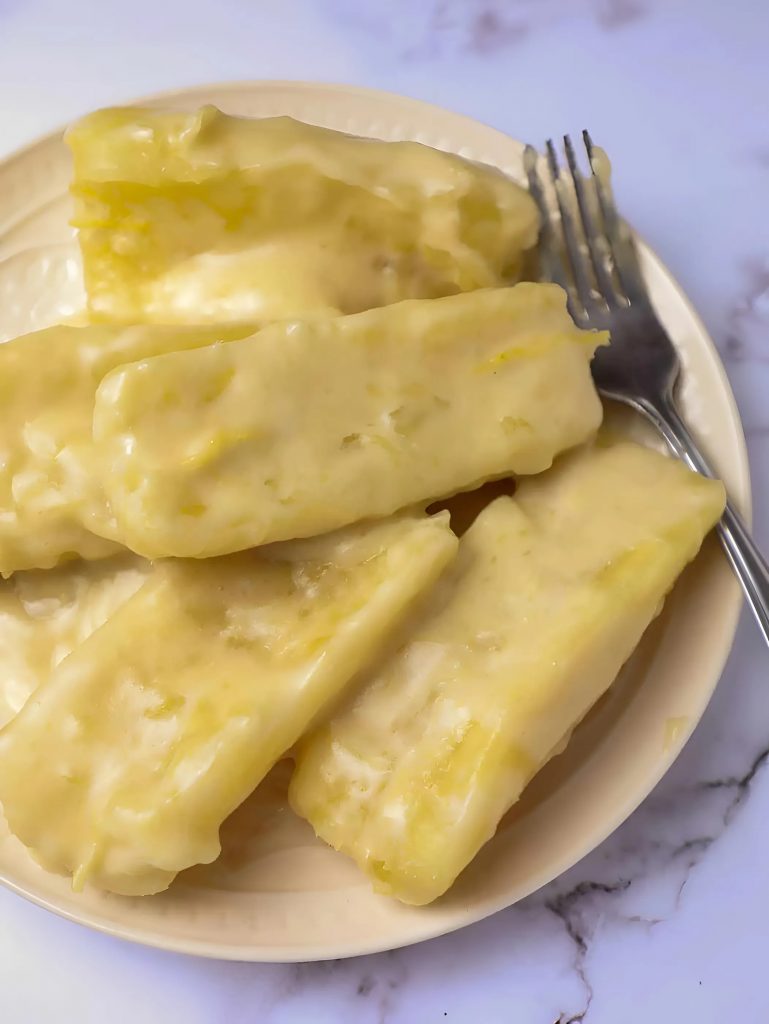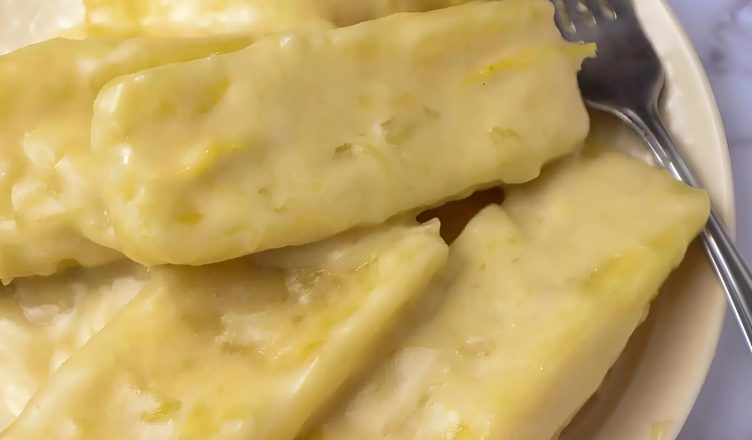It begins with hunger.
A mother in a remote village peels a root with calloused hands. The sun beats down on the tin roof of her home. Her child watches, barefoot, hungry, trusting. She knows what she’s doing. She’s done this a thousand times before. But today, the cassava is bitter—too bitter—and her boiling pot won’t be enough.
By the end of the week, three children in the same village will be rushed to the nearest clinic. One won’t survive.
This is not a story of rare, exotic misfortune. It’s a quiet global tragedy that plays out daily across continents, mostly unnoticed, and often misunderstood.
Because this killer is not a toxin hidden in a lab. It is not a venom extracted from a rare creature. It’s a food. A food eaten by hundreds of millions. A food grown in backyards, served on family tables, and relied upon for survival.
It’s cassava—also known as yuca, manioc, or tapioca root. And while it may save lives in times of famine, it also takes them when mishandled.
The Root of the Problem
Cassava is an essential crop for nearly 800 million people across Africa, Asia, and Latin America. It’s drought-resistant, grows in poor soil, and produces reliable yields—making it a lifeline in food-insecure regions. But cassava harbors a hidden danger. Beneath its starchy flesh lies linamarin, a compound that, when digested, releases hydrogen cyanide.
Yes, cyanide—the same deadly chemical used in pesticides and infamously known as a poison in history’s darkest chapters.

The tragedy is this: cassava is not inherently dangerous. But preparing it safely takes knowledge, time, and resources—three things often in short supply in the places where cassava is eaten most.
A Deadly Misstep
To render cassava safe, the roots must be peeled, soaked, fermented, and thoroughly cooked. This multi-step process breaks down the toxic compounds, allowing the plant to be consumed without harm. But the moment a shortcut is taken—out of necessity, ignorance, or sheer fatigue—the danger returns.
In poor households, cooking fuel is scarce. Water sources may be contaminated. Education about proper preparation is uneven. In some cultures, the knowledge is passed down orally. If a step is forgotten or skipped, the consequences are swift and brutal.
Children are especially vulnerable. In parts of Africa, outbreaks of konzo—a paralytic disease caused by cyanide poisoning—have crippled entire communities. Symptoms begin subtly: weakness in the legs, difficulty walking. But within days, irreversible damage is done.
More than 200 people die each year from cyanide poisoning due to cassava, according to the World Health Organization. The real number may be higher, hidden behind misdiagnoses and underreporting in rural areas.
The Politics of Poison
Why, then, do millions continue to eat cassava?
The answer lies not in negligence, but in necessity. Cassava is not just a food. It is an economic pillar. It feeds families, fuels markets, and anchors national food policies. For many, it’s a choice between cassava or nothing.
Governments and NGOs have attempted to introduce low-cyanide cassava varieties. But these are not always accepted. People are skeptical of new strains. They may not grow as well in local soil. Or, crucially, they may taste different—less bitter, less familiar. And so, high-cyanide varieties persist.
Even in countries where regulation exists, enforcement is minimal. Warnings are printed in manuals. Posters hang in clinics. But in the fields, the same roots are pulled from the earth, the same water is boiled, and the same risks are taken.
A Global Danger in Disguise
You may be reading this in a country where cassava is rarely seen. But don’t be so sure it’s far from your plate. Cassava is the base ingredient in tapioca pearls—used in bubble tea. It’s found in gluten-free products, frozen desserts, and energy bars. When processed industrially, cassava is typically safe. But raw cassava has become trendy in some health food circles, where «natural» often means «unregulated.»
One popular video on social media showed a woman slicing raw cassava to make «healthy chips» at home—without any mention of its required detoxification. The comments were filled with likes, hearts… and no warnings.
Food bloggers, influencers, and even wellness brands rarely mention the risks. And that silence, in the age of virality, can kill.
